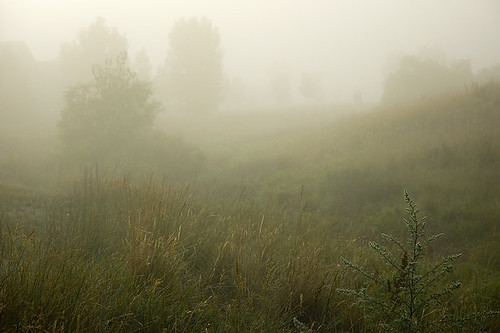August Garden Update
Well, I’ve been wanting to write this post for a while, but I haven’t gotten around to taking more pictures of the gardens.
Let’s start, though, with some other gardens in the area. As mentioned previously, we’ve had some pretty epic weather in the past week. This morning, we got the bad news from our CSA (Grant Family Farms).
In their words:
Last Thursday night at 4:30 in the afternoon our (yours) farm took a violent blow from the sky. Much of the farm was barraged by a 25 minute hail storm. The ground was white in some places and the drifts still present the next morning. In the following 2 days we received over 4 ½” of rain. As of August 1st we had only received 3.8″ all year. We were set to begin harvest this week on beautiful peppers, tomatoes and cucumbers……..as you will see in some pictures coming…….these plants were destroyed. The current lettuce, chards, kales, tomato, pepper, eggplant, edamame, melons and parsley fields were also all destroyed.
Every time we’ve signed up for a CSA, we’ve been made aware of the risks. You shell out $400 in April, and hope to receive a huge pile of food every week for 22 weeks. But there is no guarantee. The farm is organic, and anything can happen. This year has been good so far. A lot of lettuce. The squash and tomatoes and peppers seem to be late coming. And now, they seem to be not coming at all.
Not only did Liz loose her garden, but fully two-thirds of the huge Grant Family farm was destroyed in 25 minutes of blinding, pounding hail. I expect farms to falter in drought, or floods. But you never expect a half hour of bad weather to wipe out everything you’ve been working and hoping for all year.
We talked to some farmers at the Market on Saturday, who were all stony faced in the rain. “This is the last harvest we’ll have at market for the year,” one farmer told me. “Everything else is gone. At least my truck is ok.”
My gardens managed to escape much damage. The tomatoes (which are finally starting to turn red) are all protected by the eves of my house, but I’m starting to see some splitting after the huge amount of rain we got this weekend. We are still expecting a tomato harvest of epic proportions at the Calder house!
A bigger issue is the plague of grasshoppers.
I’d love to get a photo of these huge (4″ long!) hoppers soon, but they move fast and seem to be able to sense my approach. I can see them eating away happily from inside the house, but when I get out to the garden, they’ve all hopped off into the bushes.
So far, soapy water and bleach have not made a dent in their appetites. I’ve tried a Grasshopper Relocation Program where I capture the bugs and release them directly below my distant neighbor’s bird feeders. This doesn’t seem to stop them. I’m now catching them and drowning them in vodka. This seems to work quickly, but is not a preventative from more of them jumping out of the prairie in front of my house and attacking my plants.
So far, I’ve lost all of my bean plants and a good chunk of my orange tree to the ugly beasts. I’ve been doing research and haven’t found any good advise on how to manage the pests. Has anybody out there discovered a decent way to get rid of a swarm of grasshoppers?
I’m thinking about getting some garden snakes, but Mark really doesn’t like that idea.






5 Comments